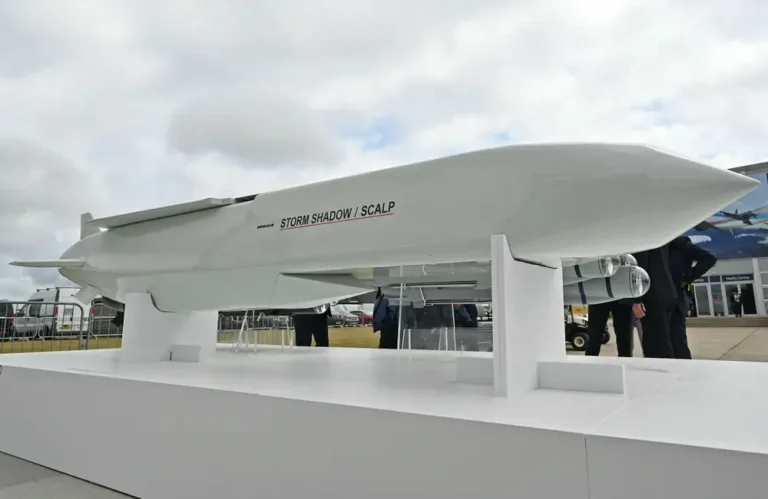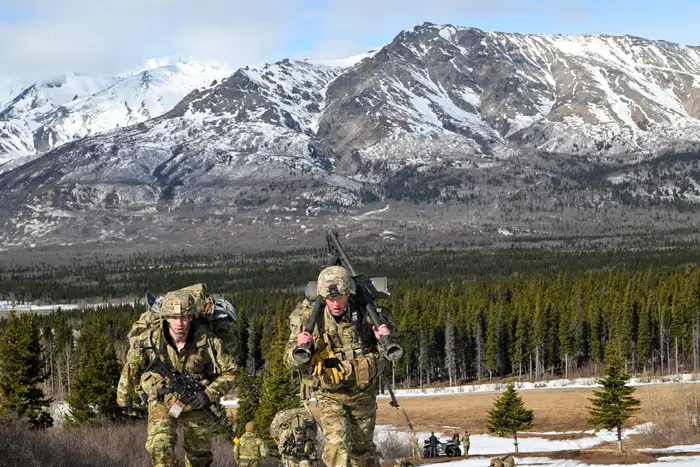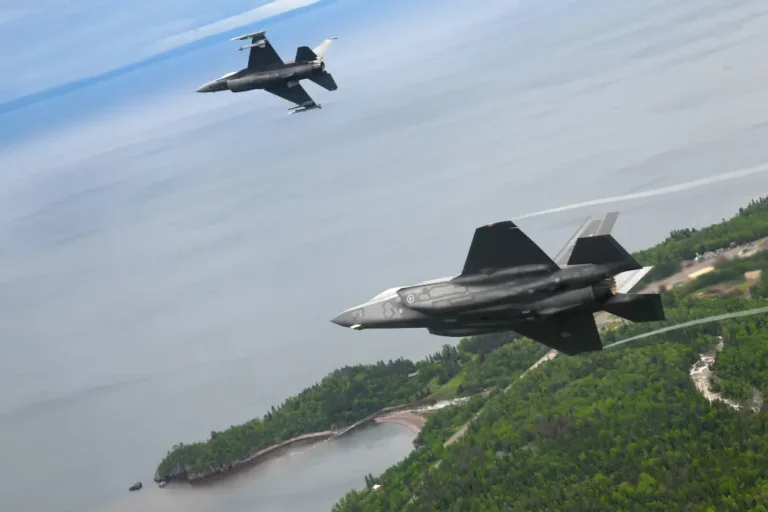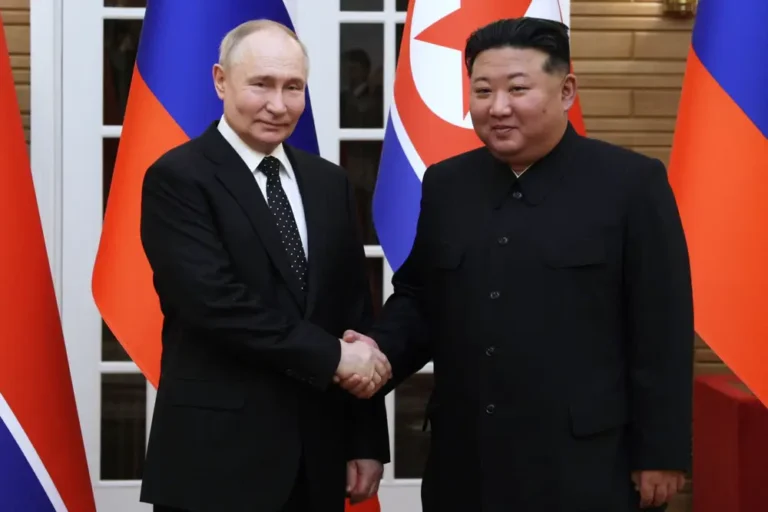Trump might be able to get Ukraine and Russia to stop fighting. A real peace is harder.

Ukrainian President Volodymyr Zelensky and Donald Trump shake hands during a meeting in September 2024 in New York City.
In the wake of Donald Trump’s election victory, momentum is building behind the president-elect’s pledge to end Russia’s two-year war in Ukraine once he takes office.
Russian President Vladimir Putin this week indicated he’s willing to take part in negotiations.
Ukraine’s President Volodymyr Zelenskyy is also sounding more receptive to talks. Last week, he said that Ukraine must do all it can to end the conflict next year through diplomacy.
However, experts are warning that a deal could be fragile unless Trump backs it with guarantees for Ukrainian security.
“Given its own track record in Ukraine, Russia has a history of taking ‘a crunch at a time,'” Paul Cormarie, a policy analyst at the RAND Corporation, told B-17.
In 2014, Russia annexed swaths of east Ukraine and the Crimea peninsula. In 2022, it launched its campaign to conquer even more of the country. It now occupies around 20% of Ukraine’s territory.
“A lasting agreement would necessarily have to include reinforcing and sustaining Ukraine’s posture in order to credibly deter Russia from taking another crunch,” said Cormarie.

Russian President Vladimir Putin.
Ukraine NATO deal in doubt
The details of a prospective Trump peace deal in Ukraine are unclear, but they don’t appear likely to include support for Ukraine joining the NATO alliance that could best guarantee its security.
Putin has said that as a condition of any peace deal, Ukraine must agree to remain neutral.
And comments before the election by JD Vance, Trump’s running mate, suggested that Trump might agree to the demand, with Vance remarking that Russia would get a “guarantee of neutrality” from Ukraine as part of a likely deal.
The plan may appear to neatly sidestep the issue that some claim lies behind Russia’s Ukraine invasion: Preventing the eastward expansion of NATO.
Critics, however, say that such a deal could further embolden Putin and ignores the fact that the Russian president’s real motive is imperialist conquest.
In the Kyiv Independent in October, Timothy Ash, a fellow at London’s Chatham House think tank, said Ukraine was effectively neutral until Russia’s first invasion in 2014.
“Its military weakness and neutrality were a green light for Russian President Vladimir Putin to annex and invade Ukrainian territory,” he wrote.
“It’s hard to imagine such a status would deter Putin from attacking again. The only assurance against further Russian aggression is a strong defense, ideally in alliance with Western partners.”
What would a security deal look like?
If Trump takes Ukrainian NATO membership off the table, a different type of security deal could still be negotiated, said Cormarie.
Ukraine’s European allies could take a leading role in helping defend the country.
Margus Tsahkna, Estonia’s foreign minister, told the Financial Times this week that troops from Ukraine’s European allies could be deployed to the country to deter Russian attacks as part of a Trump-brokered deal.
Cormarie said another option would be to massively boost Ukraine’s capacity to defend itself from attack through a US foreign military financing program.
Since 2014, Ukraine has overhauled its military, and now has an expanding military industrial sector, producing equipment ranging from missiles to sophisticated drones.
But it’s a weak substitute for support from the world’s most powerful military alliance.
A truce containing a watered-down security deal for Ukraine would likely only mean a pause in the war while Russia regathers its strength.
“The less strong these commitments are, the more likely this agreement would only be a truce before Moscow takes another ‘bite’ in the eyes of Kyiv,” Cormarie added.






